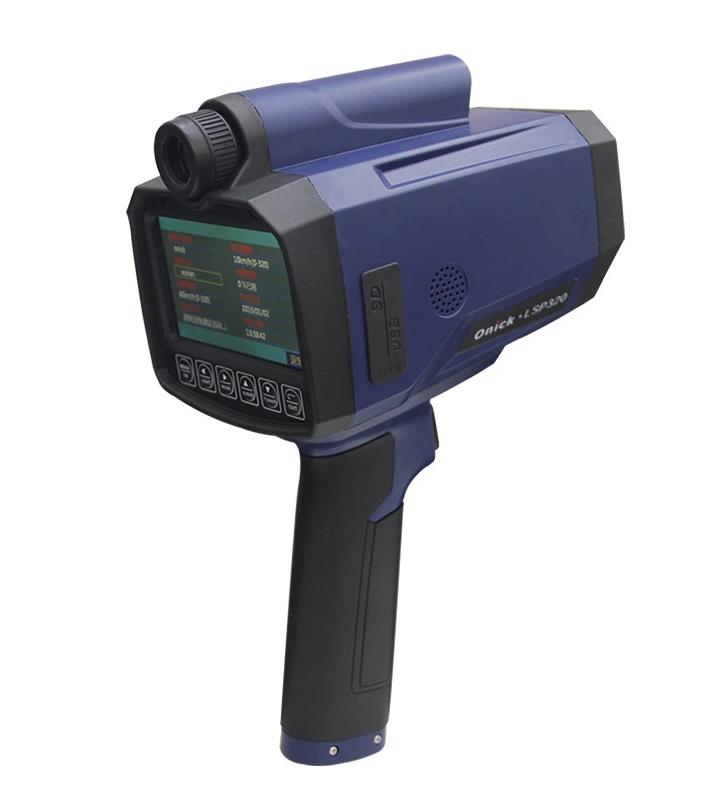When the police radar is transmitting continuously, the speed is automatically displayed on the radar gun display console when the vehicle enters the detection range.
The officer can configure this range so that the radar only displays speed within a certain distance range, usually less than 1000 feet.
The officer can also set a threshold speed, and if that threshold is not exceeded, no speed reading will be displayed.
In this way, the officer can focus only on speeders traveling above a predetermined speed.
For example, if the speed limit in an area is 65 mph, the officer can set his radar to only report speeds of 75 mph or higher, essentially allowing the driver 10 mph leeway.

Usually, an always-on police radar can be detected at a sufficient distance with a good radar detector.
However, some speed traps used by police utilize a continuously transmitting police radar that is difficult to detect by someone using a radar detector.
An officer can operate an always-on police radar from a "hidden" position, such as hiding in dense foliage on a median, with the police radar gun pointed at an angle across the road instead of directly at approaching vehicles.
This trap configuration is difficult to detect even with the best radar detectors.
In New Jersey, it’s not uncommon to see state troopers operating police radars in this manner.
Another more difficult scenario to spot is when a trooper targets a vehicle from behind, such as from a freeway entrance ramp behind an overpass.
This type of targeting scenario is even harder to detect when the trooper uses a radar gun called the Onick LSP320, configured to use a very low-power K-band patch antenna.


